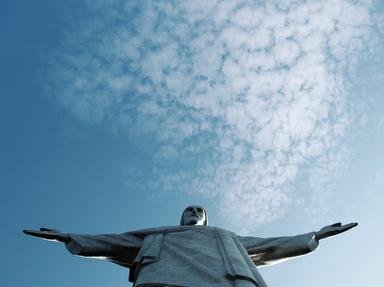Quiz Answer Key and Fun Facts
1. Prior to the arrival of Europeans, which group of indigenous people occupied what is now Port-au-Prince?
2. Who succeeded Bohechio as cacique of the Xaragua?
3. What is the name of the Spanish Governor who, in 1503, seized control of Haiti and destroyed the Taino settlement?
4. Spain eventually abandoned the area that is now Port-au-Prince in 1606. The area was resettled by French filibusters who came from what island?
5. True or False: More people died in the aftermath of the 1770 Port-au-Prince Earthquake than died during the actual event.
6. Which emperor of Haiti was assassinated outside of Port-au-Prince in 1806, an event that led to the Haitian Civil War?
7. In 1915, which nation invaded Port-au-Prince and began an occupation of Haiti that lasted nearly twenty years?
8. Did the Haitian rebels, known as cacos, have any success during the 1919 and 1920 Battles of Port-au-Prince?
9. The 1988 St. Jean Bosco Massacre took place at what kind of building?
10. Which of the following is a reason why aid and humanitarian efforts were delayed in getting to Haiti after the 2010 earthquake destroyed Port-au-Prince?
Source: Author
Joepetz
This quiz was reviewed by FunTrivia editor
gtho4 before going online.
Any errors found in FunTrivia content are routinely corrected through our feedback system.

